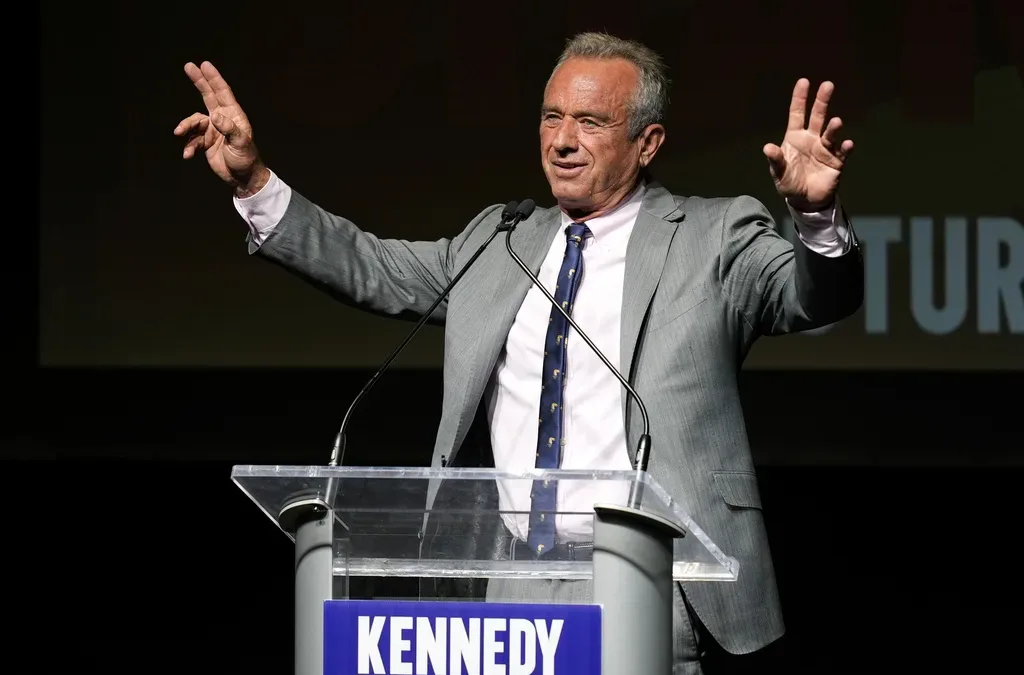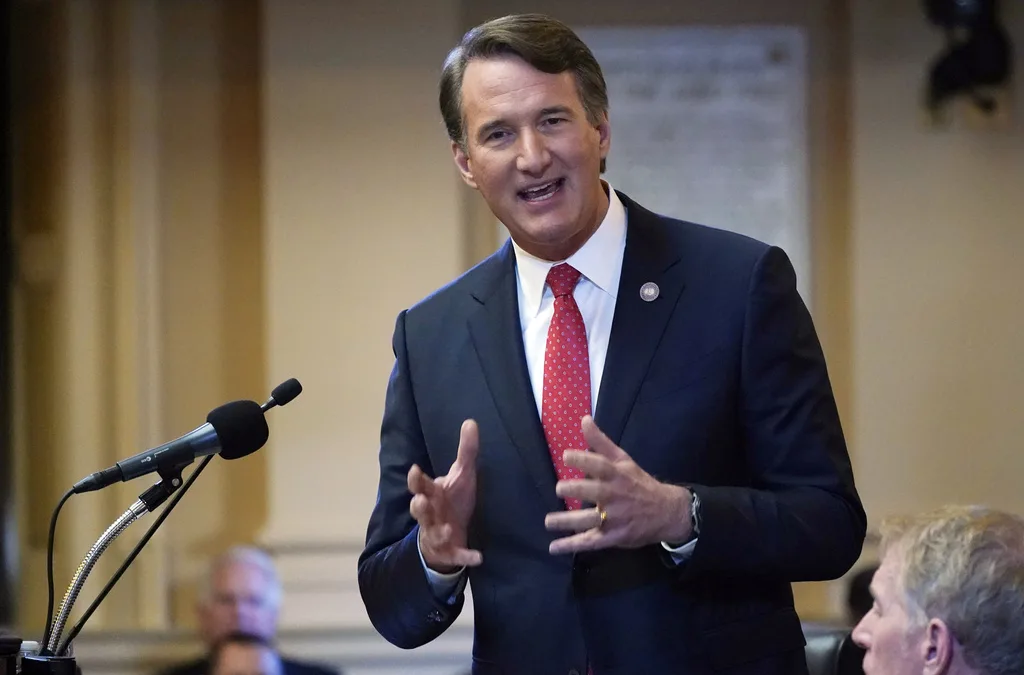As millions of students in the Commonwealth return to school this week, the coming months could define whether a new generation of Virginia college students are (or are not) saddled with historic student debt.
Gov. Ralph Northam (D) made free community college a flagship issue in his bid for governor in 2017. Last month, he said a formal announcement would be coming soon on his G3 — “get skilled, get a job and give back” — program, which would allow Virginians to attend community colleges and graduate debt-free if they spend one year working in a high-demand field like healthcare or cybersecurity.
The Virginia Department of Education declined to provide an update for this story, but state Sen. Barbara Favola, a Democrat who represents parts of Arlington, Fairfax and Loudon Counties, said she is “absolutely convinced” a framework will be released by the first week of December as part of the administration’s 2020-21 state budget proposal.
“I don’t know 100% what it’s going to look like, but the first week of December, man, I’m going through that budget line-by-line,” Favola said in an interview.
Supporters of statewide, debt-free community college programs say they’re needed to fill shortages in high-demand lines of work that often require study in science, technology, education and math tracks, though not necessarily a traditional undergraduate education. “Most of our high need workforce areas really don’t require a 4-year degree,” Favola said.
“We have a large pool of young people, primarily people of color, who believe the barriers of accessing higher education are so severe that they turn away from it … and then they never get integrated into a workforce that has great learning potential and leads to a solid career.”
“We wouldn’t want to lose a great mind,” she said.
For many, debt-free tuition is an issue of equal opportunity — making sure everyone can afford higher education, which in Virginia is more expensive than ever before, regardless of their financial circumstances. Other proponents say such programs are good for the economy, because a higher-skilled workforce makes states more attractive to businesses, increases income tax revenue, and reduces unemployment.
“When you say, ‘okay, you can go to college tuition free,’ states have found that the conversation at the kitchen-table level changes,” said Morley Winograd, president of the Campaign for Free College Tuition and former policy director for Vice President Al Gore. When cost becomes a non-factor, “now everybody knows that we need to go to college … suddenly college is worth it.”
State of play in 2020
Pending any setbacks, the Northam administration will set the contours of the plan by the end of the year. Then, the 2020 General Assembly will be tasked with seeing it through. Favola is “absolutely committed,” to making that happen, but the fate of any debt-free tuition program also depends on who wins and loses in the Nov. 5, 2019 elections, when all 140 General Assembly House and Senate seats are on the ballot.
If Republicans maintain control of the state legislature after the election, aspirations of free community college could be more of a progressive pipe dream than a legitimate possibility.
But Favola, who introduced her own budget amendment to provide debt-free tuition earlier this year, is hopeful this is one issues that could garner bipartisan support.
While Favola’s 2019 amendment for debt-free tuition gained little traction in the Senate, Favola says things will be different next year with a Northam-backed plan.
“The advantage of having the governor put it in the budget is he would allocate dollars for it and it would be a very public document,” Favola said. “I could send it out to all the advocate groups and higher education groups …. and we would start forming a very active coalition to work the Richmond crowd. So that’s pretty key.”
The governor’s backing will also help elevate interest from the the business community, who Favola said will support the plan on the basis of its value-added to the Virginia workforce. With a little lobbying help from business groups, Favola said, conservatives could warm up to the idea quickly.
Plus, “free,” in this case, may not mean without conditions. Just as Democrats gave Republicans work requirements in exchange for expanding the state’s Medicaid program in 2018, a “stay or pay” provision may serve as bait for fiscal hawks who are lukewarm about about adding more expenditures to the state budget.
Advocates argue free community college programs can end up costing nothing
The price tag of any program may be the biggest concern for members of both parties. “The delay as we understood it up until now has been financial in nature,” Winograd said. A similar series of events played out in Connecticut, Winograd said, where Gov. Ned Lamont (D) initially balked at the cost of a debt-free college proposal until a state fiscal analysis calculated that it wouldn’t take long for government coffers to recoup its return on investment. The program was enacted by state lawmakers in June.
During his campaign, Northam said his plan would cost the state $37 million but would later pay for itself through higher income tax revenue.
Because providing community college for free increases enrollment, it also increases the federal financial assistance dollars flowing into the state. In Rhode Island, for example, enrollment increased 200% in its second year, bumping federal PELL grant money enough to completely cover taxpayers’ cost.
Northam is making a different cost-benefit argument, Winograd said. “What he’s arguing — and it’s a perfectly legitimate argument — is that when people graduate and get a job (and it’s a better-paying job than it would be if they hadn’t gone to college), they will pay income taxes and that revenue will be as great if not greater than the small cost in Virginia of making their community colleges tuition-free for everyone.”
Virginia is falling behind neighboring states in higher education access
For academic year 2018-19, community college tuition and fees rose to $4,620, making Virginia’s two-year institutions the 8th most expensive in the country. Even with a tuition freeze enacted by legislators this year, higher education costs nearly twice as much today as it did a decade ago, a spike that has fundamentally changed how prospective students calculate the worth of post high school education.
The ballooning price of college is in part a result of historically low state funding for undergraduate programs. In the early 2000s, Virginia covered more than three-quarters of the cost of higher education. Today, it covers less than half.
Per a 1976 policy goal stated in the code of Virginia, the state is supposed to cover two-thirds of tuition and leave the rest to students. For community colleges specifically, the law calls for an 80% state- and 20% student-funded cost-share relationship.
Northam’s free community college plan aims to eliminate that gap altogether and give Virginians the same opportunities as those in Delaware, Maryland and West Virginia (all of the Commonwealth’s neighboring states except North Carolina have a statewide debt-free tuition program.)
“If we care about filling those 45,000 unfilled jobs in Northern Virginia that don’t require a 4-year degree,” Favola said, “we’ve got to get this done.”
Politics

He said what? 10 things to know about RFK Jr.
The Kennedy family has long been considered “Democratic royalty.” But Robert F. Kennedy, Jr.—son of Robert F. Kennedy, who was assassinated while...

Opinion: The problem with Youngkin’s Charter-Lab schools push in 2024
The Problem Governor Glenn Youngkin introduced 233 amendments to the bipartisan budget so it was hard to know how to assess his budget–for example,...
Local News

Virginia verses: Celebrating 5 poetic icons for National Poetry Month
There’s no shortage of great writers when it comes to our commonwealth. From the haunting verses of Edgar Allan Poe, who found solace in Richmond's...

Join the fun: Recapping Family Literacy Night’s storybook adventures
When’s the last time you read a book aloud with a loved one? If it’s difficult to answer that question, then maybe it’s time to dust off that TBR...




